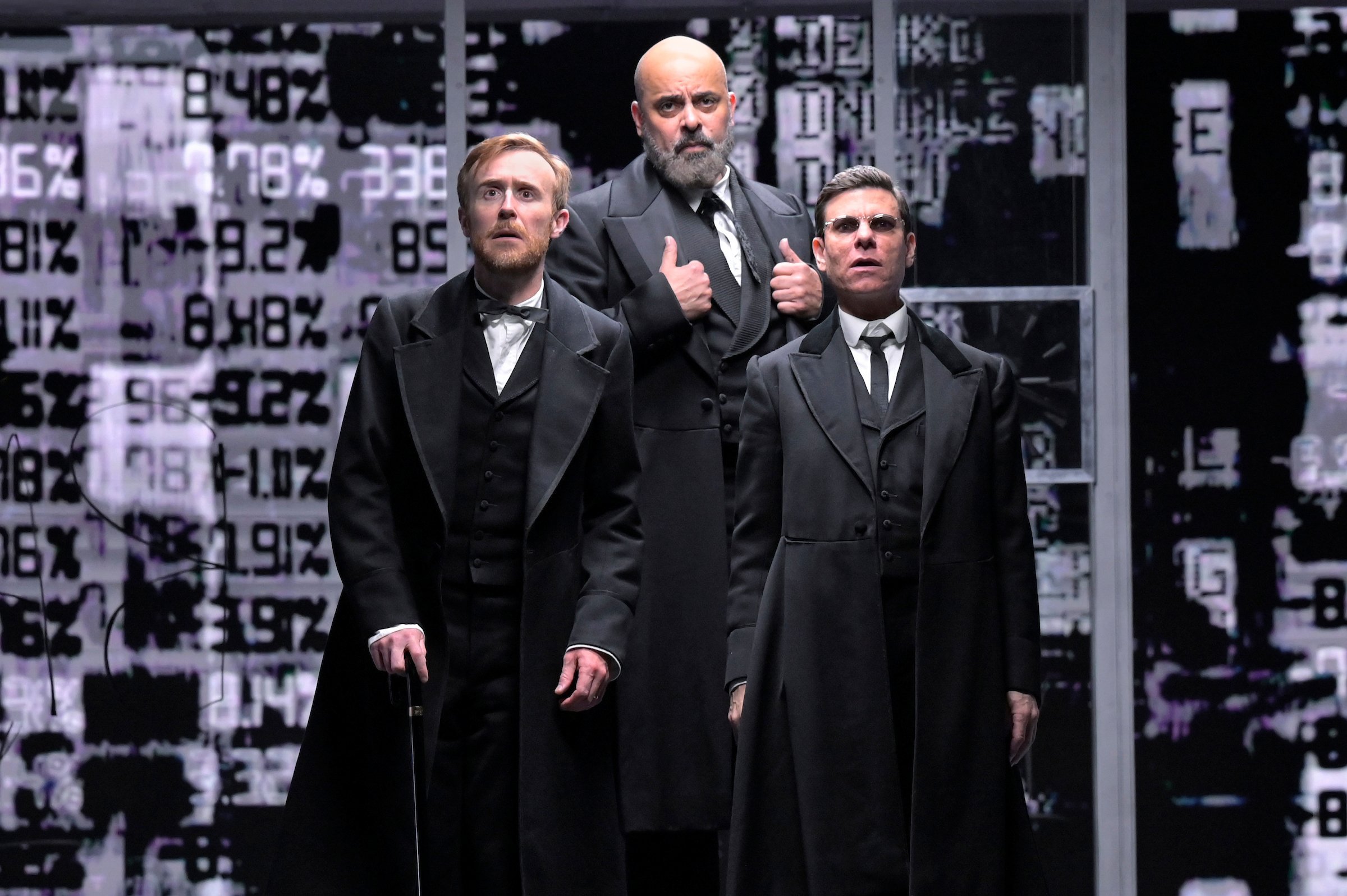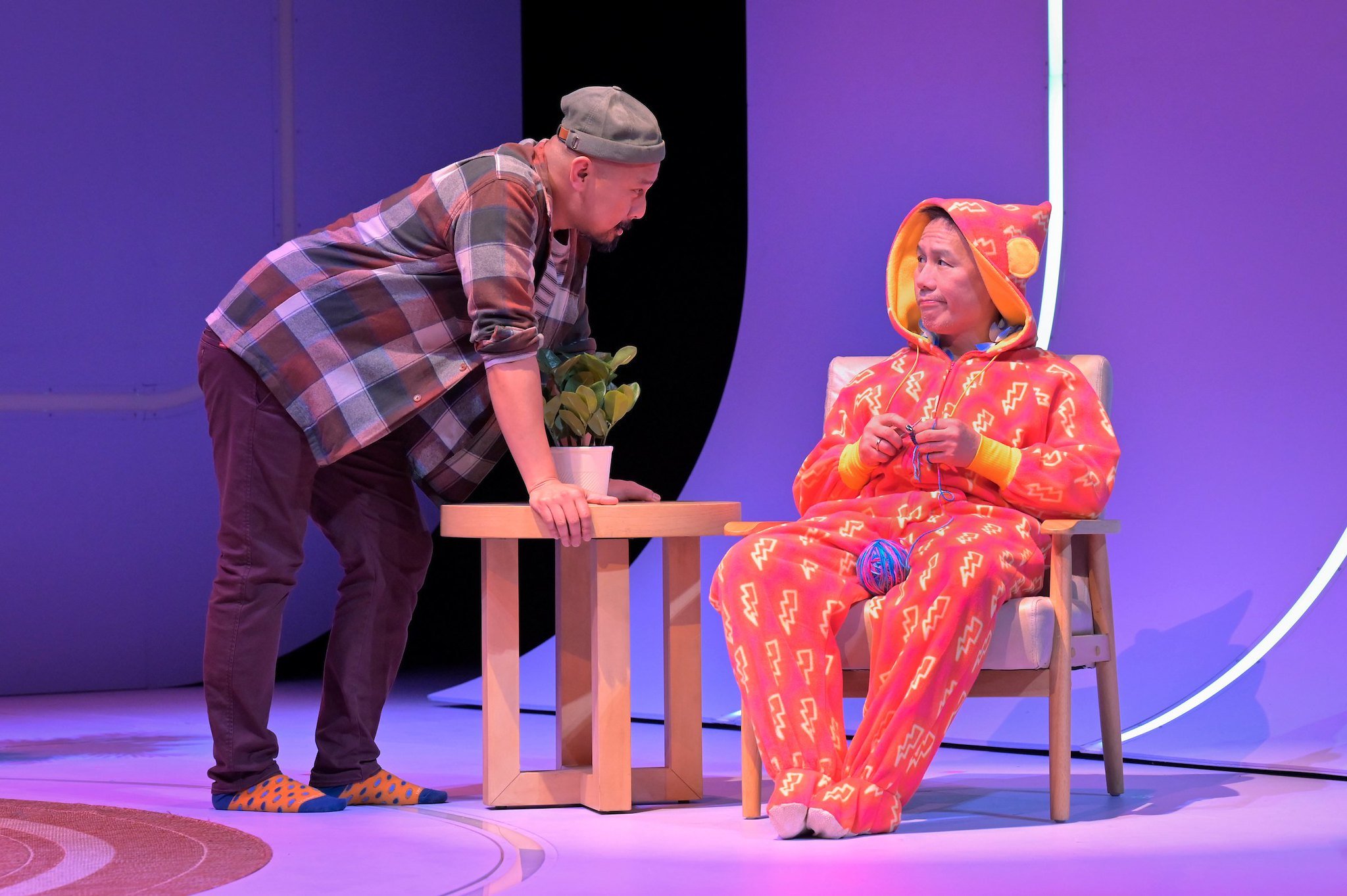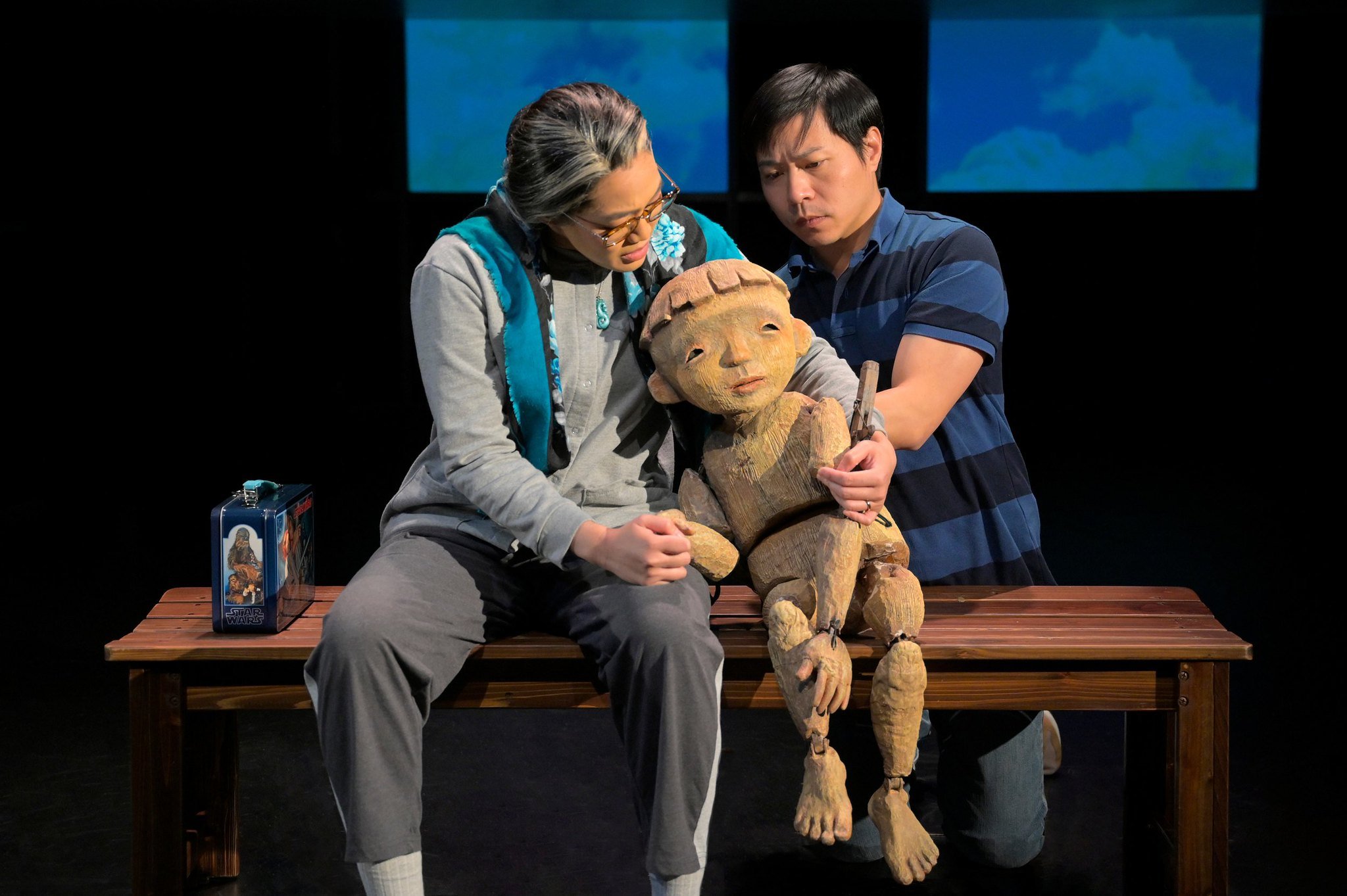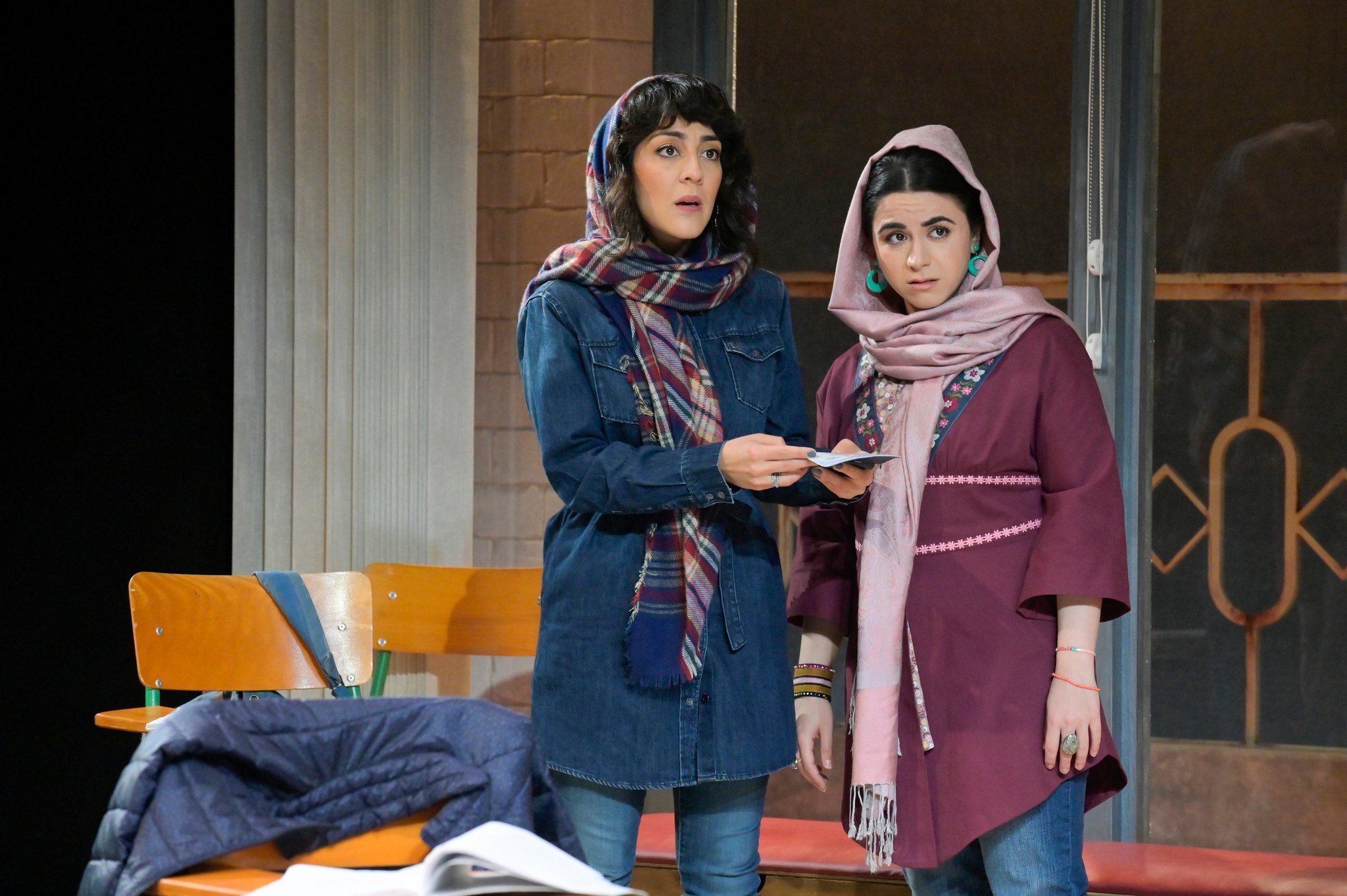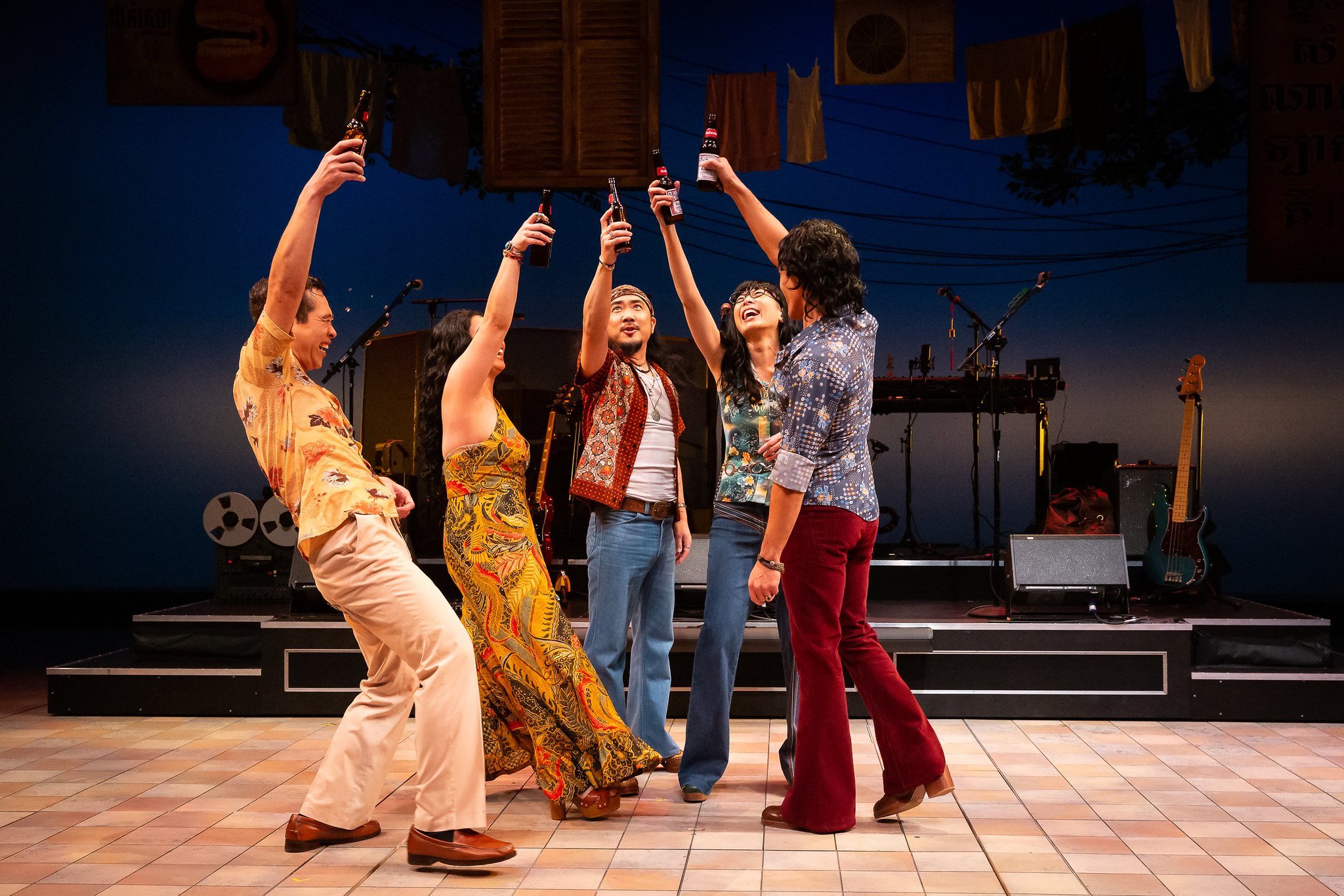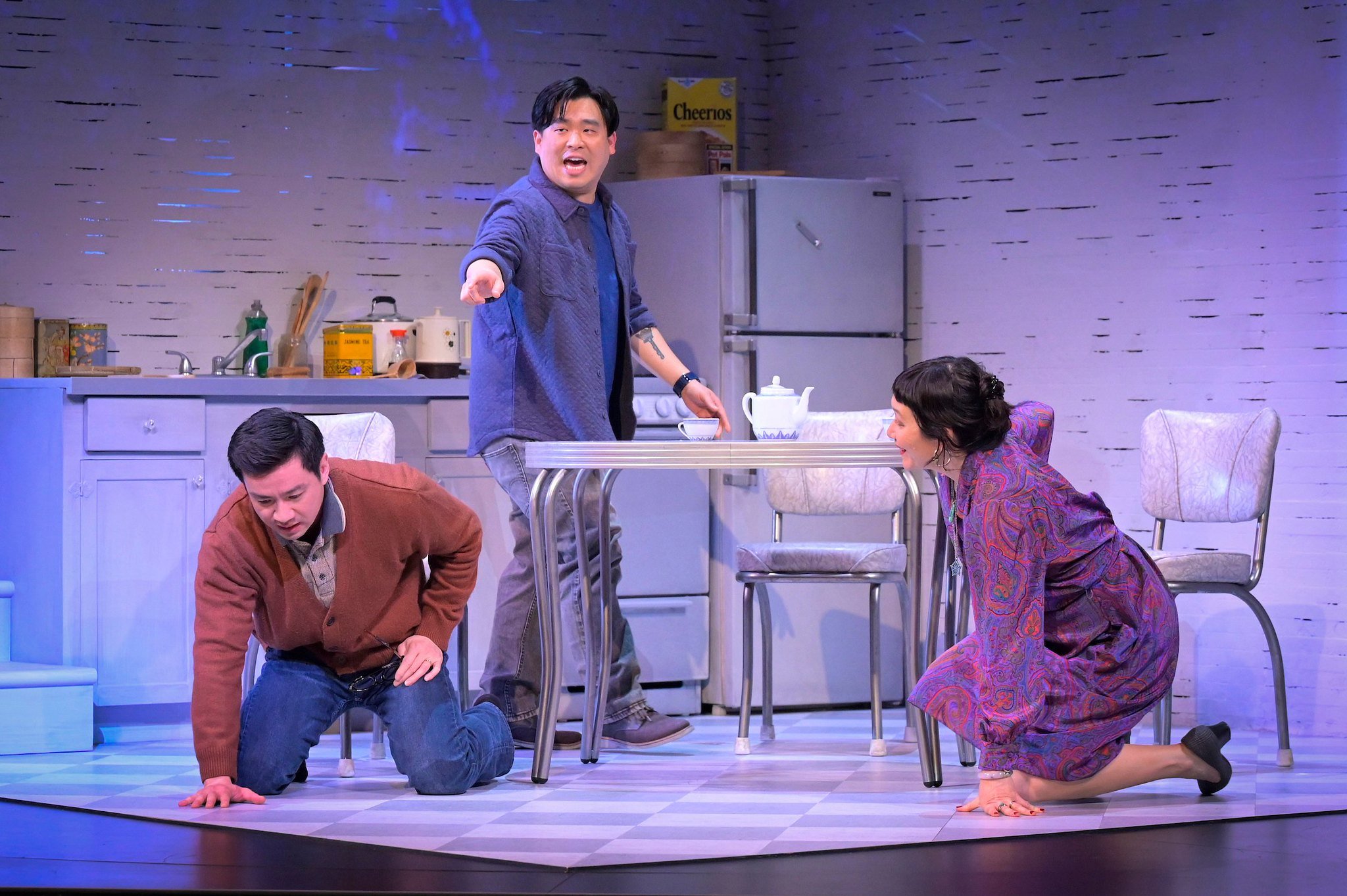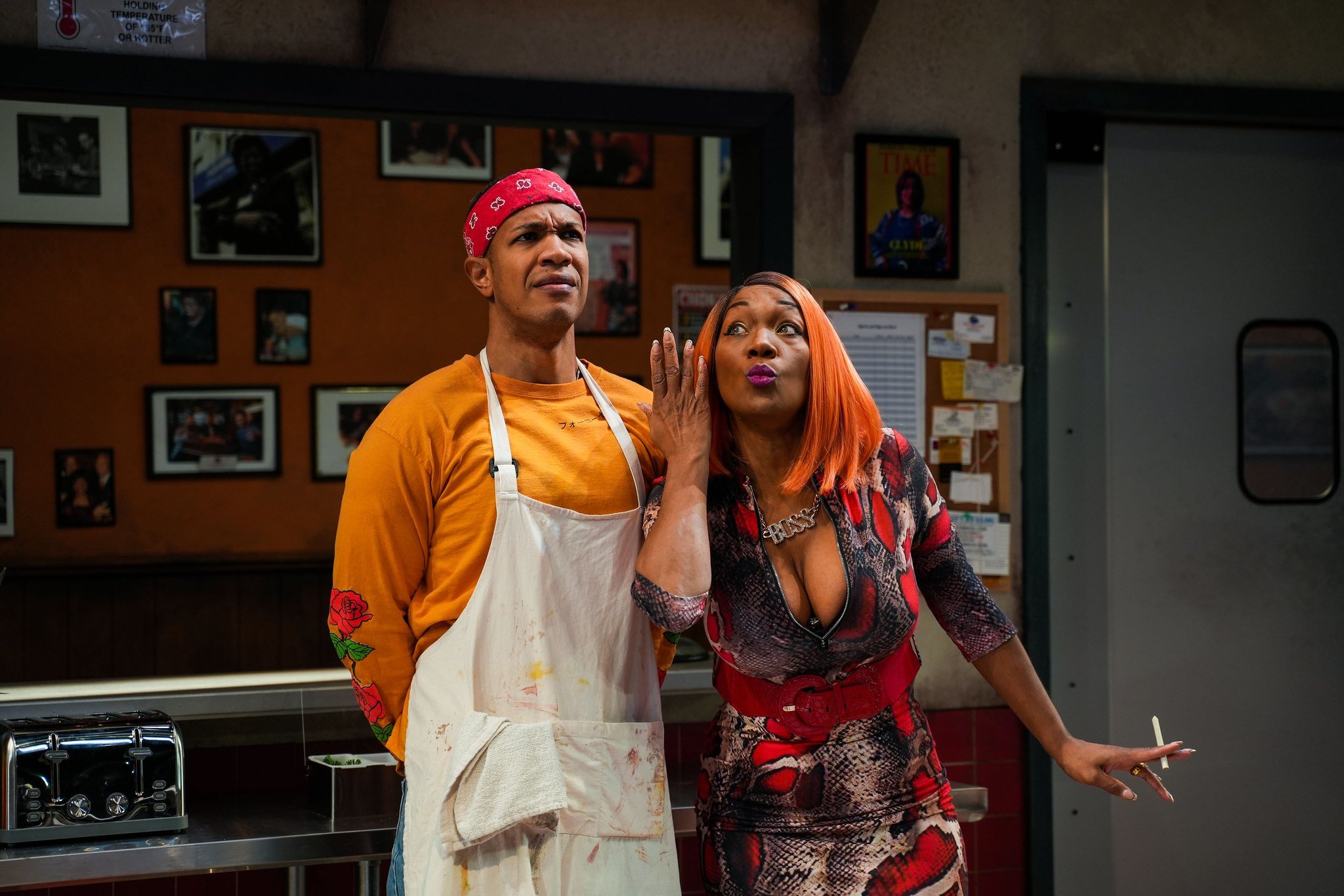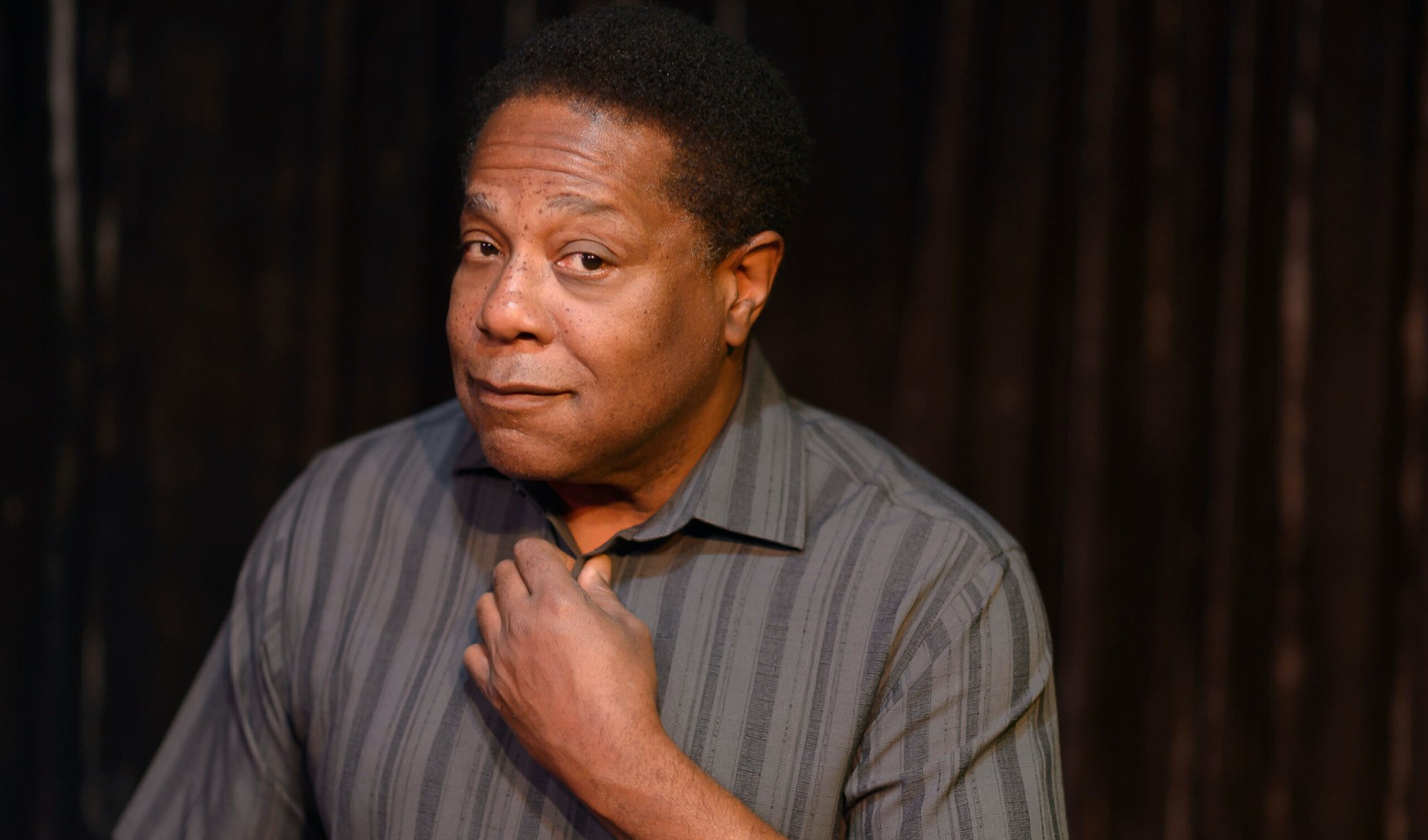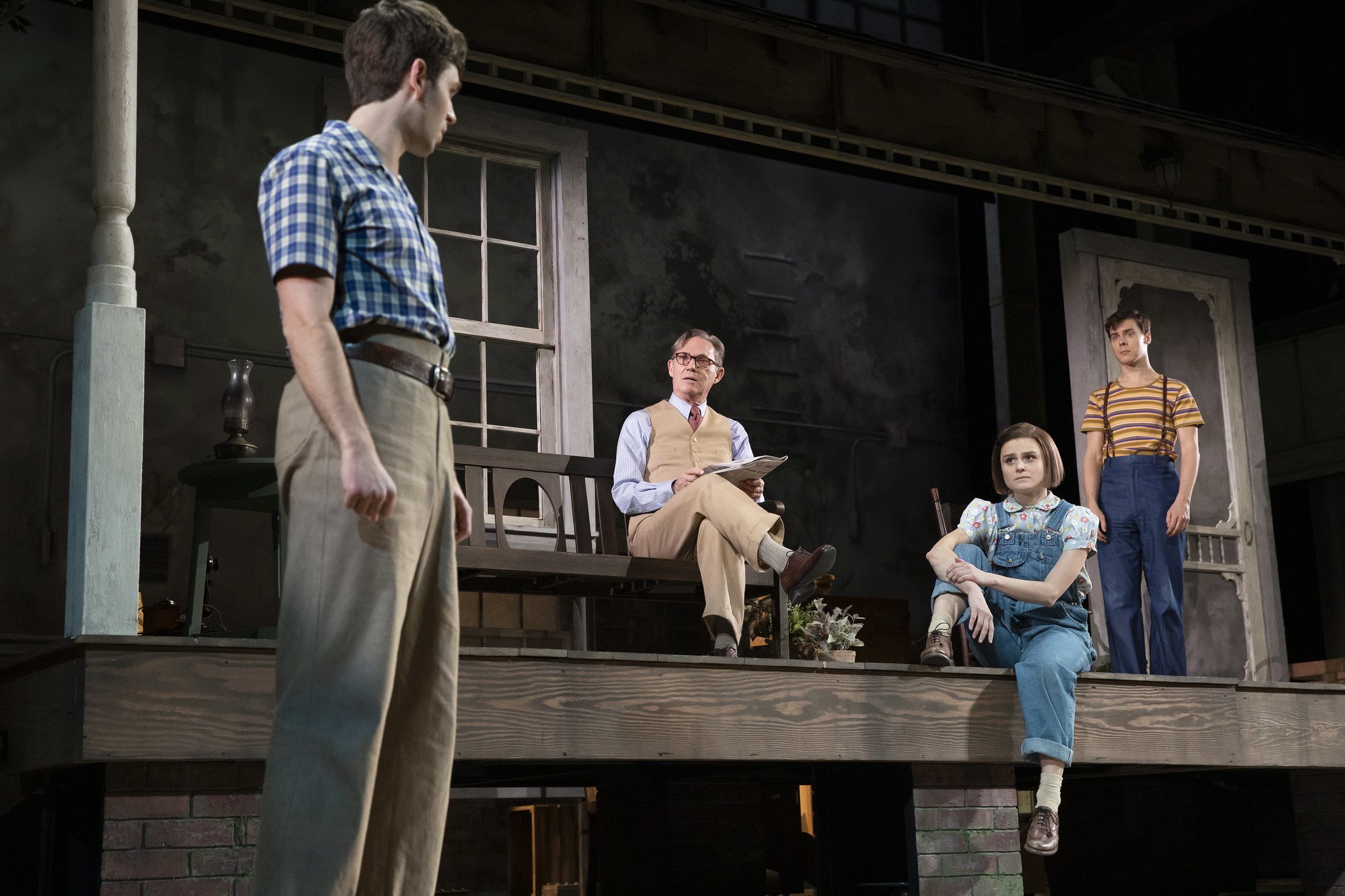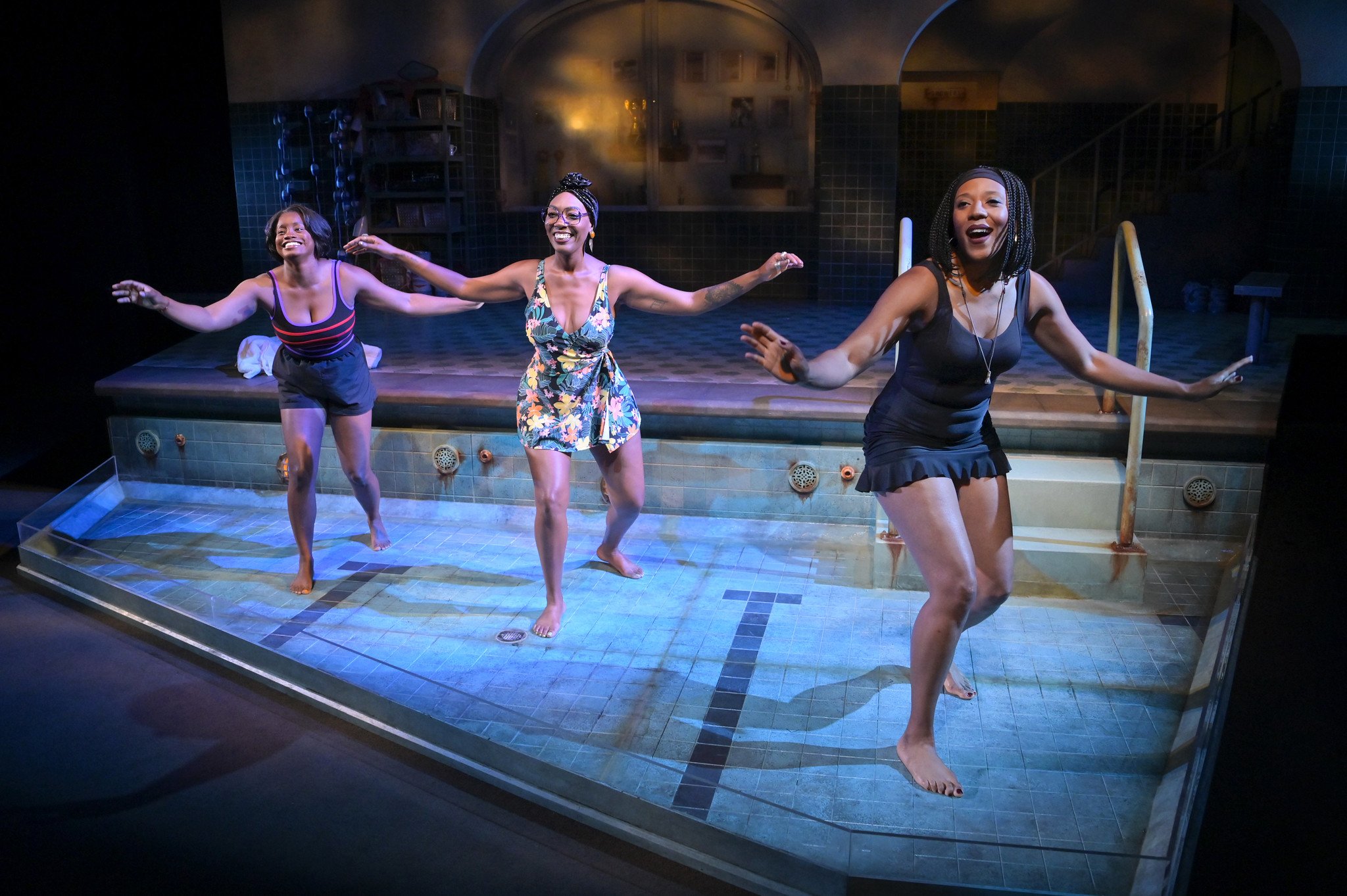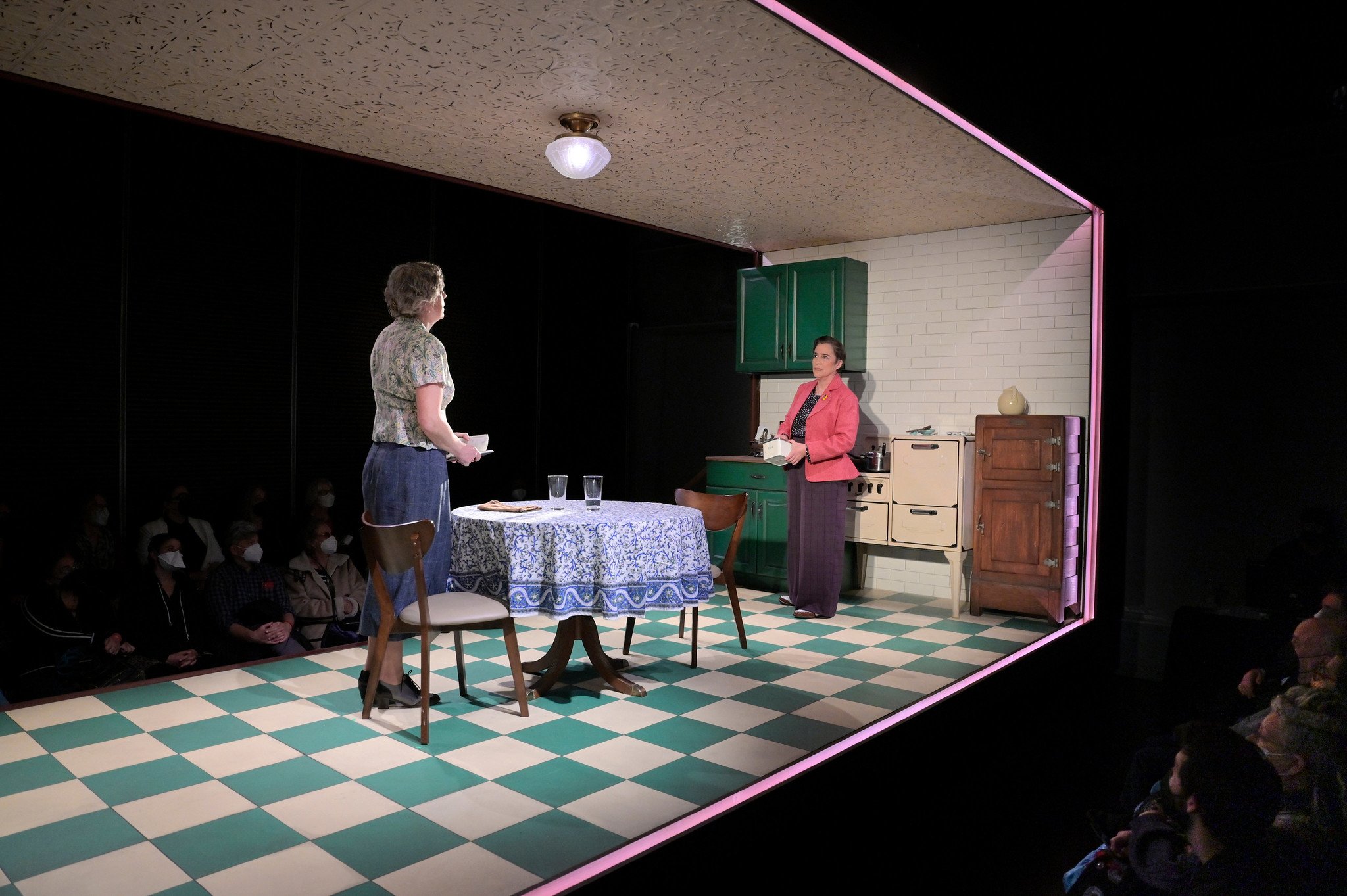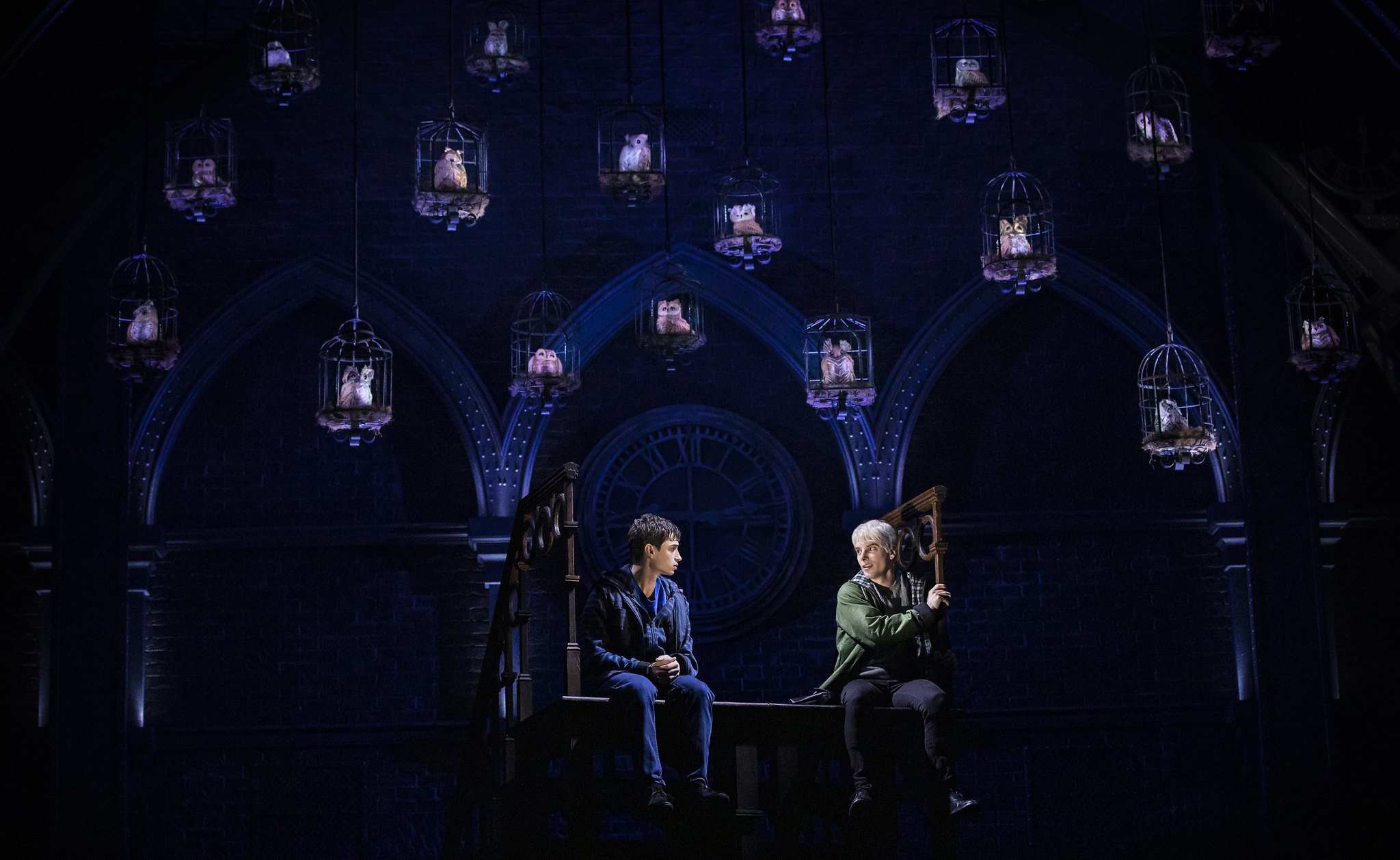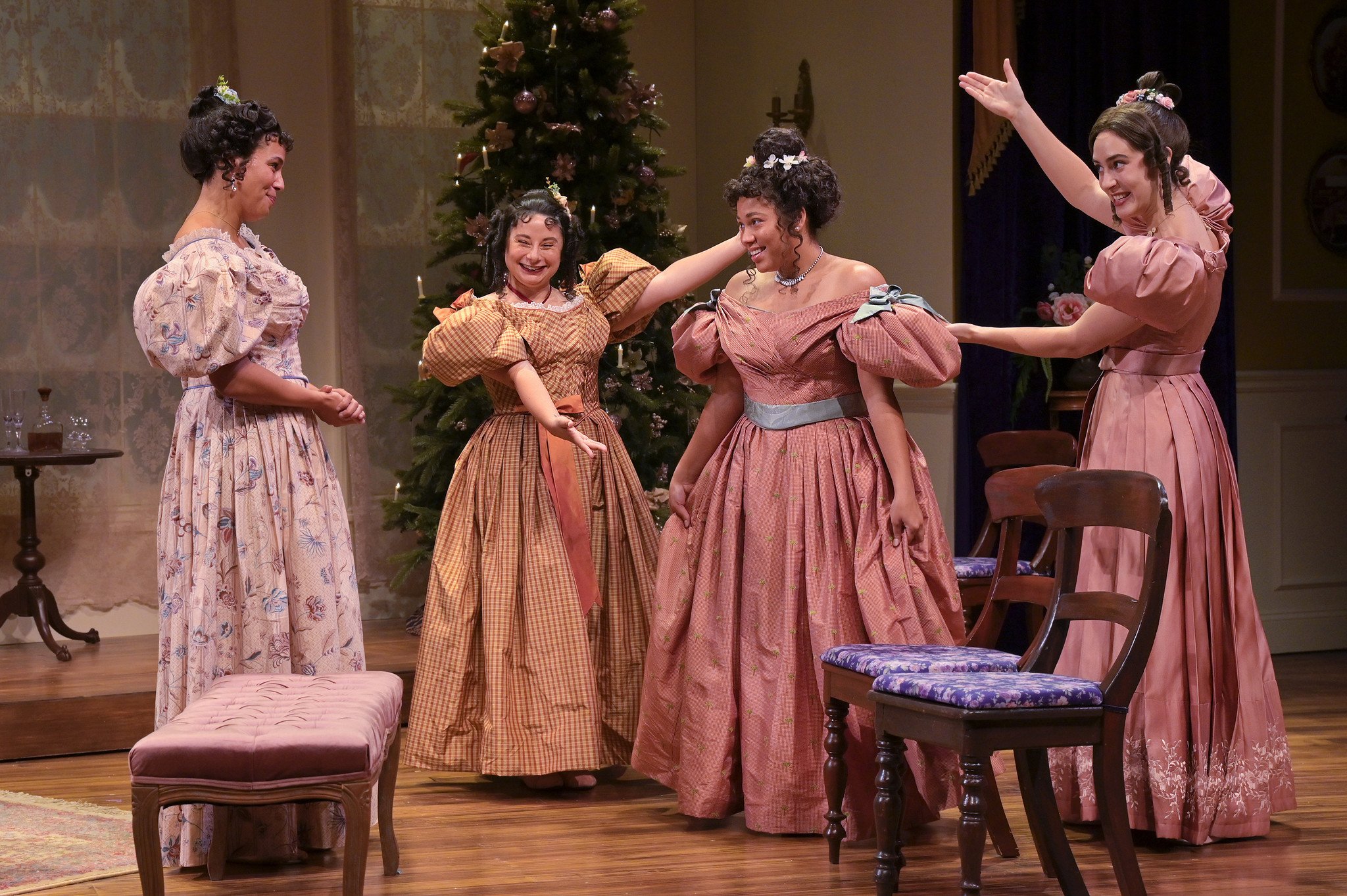American Conservatory ...,
sam mendes,
The National Theatre,
Es Devlin,
Stefano Massini,
Ben Power,
theater review,
plays
Chad Jones
American Conservatory ...,
sam mendes,
The National Theatre,
Es Devlin,
Stefano Massini,
Ben Power,
theater review,
plays
Chad Jones
Read More
American Conservatory ...,
BD Wong,
Jomar Tagatac,
Kate Attwell,
Michael Phillis,
Pam MacKinnon,
plays,
theater review,
World premiere
American Conservatory ...,
BD Wong,
Jomar Tagatac,
Kate Attwell,
Michael Phillis,
Pam MacKinnon,
plays,
theater review,
World premiere
Read More
Berkeley Repertory The...,
Dan Hiatt,
Leslye Headland,
local theater,
plays,
theater review,
Trip Cullman
Berkeley Repertory The...,
Dan Hiatt,
Leslye Headland,
local theater,
plays,
theater review,
Trip Cullman
Read More
Berkeley Repertory The...,
Eisa Davis,
Jordan Tyson,
Nicole A- Watson,
plays,
theater review
Berkeley Repertory The...,
Eisa Davis,
Jordan Tyson,
Nicole A- Watson,
plays,
theater review
Read More
Berkeley Repertory The...,
Jack Thorne,
John Tiffany,
National Theatre of Sc...,
plays,
Steven Hoggett,
theater review
Berkeley Repertory The...,
Jack Thorne,
John Tiffany,
National Theatre of Sc...,
plays,
Steven Hoggett,
theater review
Read More
Annie Smart,
Berkeley Repertory The...,
Mina Morita,
plays,
Sanaz Toossi,
theater review
Annie Smart,
Berkeley Repertory The...,
Mina Morita,
plays,
Sanaz Toossi,
theater review
Read More
Berkeley Repertory The...,
Chay Yew,
Dengue Fever,
Francis Jue,
Lauren Yee,
musicals,
plays,
theater news
Berkeley Repertory The...,
Chay Yew,
Dengue Fever,
Francis Jue,
Lauren Yee,
musicals,
plays,
theater news
Read More
American Conservatory ...,
Christopher Chen,
local theater,
Pam MacKinnon,
plays,
theater review
American Conservatory ...,
Christopher Chen,
local theater,
Pam MacKinnon,
plays,
theater review
Read More
Berkeley Repertory The...,
Huntington Theatre Com...,
local theater,
Lynn Nottage,
plays,
Taylor Reynolds,
theater review
Berkeley Repertory The...,
Huntington Theatre Com...,
local theater,
Lynn Nottage,
plays,
Taylor Reynolds,
theater review
Read More
Brian Copeland,
David Ford,
plays,
The Marsh,
theater review,
World premiere
Brian Copeland,
David Ford,
plays,
The Marsh,
theater review,
World premiere
Read More
Aaron Sorkin,
Bartlett Sher,
BroadwaySF,
plays,
Richard Thomas,
theater review
Aaron Sorkin,
Bartlett Sher,
BroadwaySF,
plays,
Richard Thomas,
theater review
Read More
Berkeley Repertory The...,
Christina Anderson,
Goodman Theatre,
Jackson Gay,
plays,
theater review,
World premiere
Berkeley Repertory The...,
Christina Anderson,
Goodman Theatre,
Jackson Gay,
plays,
theater review,
World premiere
Read More
Berkeley Repertory The...,
Les Waters,
local theater,
Lucas Hnath,
plays,
theater review,
Tony Awards
Berkeley Repertory The...,
Les Waters,
local theater,
Lucas Hnath,
plays,
theater review,
Tony Awards
Read More
American Conservatory ...,
Catherine Castellanos,
Cindy Goldfield,
Lisa Anne Porter,
local theater,
Marga Gomez,
María Irene Fornés,
Pam MacKinnon,
plays,
Stacy Ross,
theater news,
theater review
American Conservatory ...,
Catherine Castellanos,
Cindy Goldfield,
Lisa Anne Porter,
local theater,
Marga Gomez,
María Irene Fornés,
Pam MacKinnon,
plays,
Stacy Ross,
theater news,
theater review
Read More
Curran Theatre,
Harry Potter,
J-K- Rowling,
Jack Thorne,
John Tiffany,
plays,
Steven Hoggett,
theater news,
theater review
Curran Theatre,
Harry Potter,
J-K- Rowling,
Jack Thorne,
John Tiffany,
plays,
Steven Hoggett,
theater news,
theater review
Read More
Adam Magill,
Fumiko Bielefeldt,
Lauren Gunderson,
Lauren Spencer,
Margot Melcon,
Marin Theatre Company,
Meredith McDonough,
Nina Ball,
plays,
theater news,
theater review,
World premiere
Adam Magill,
Fumiko Bielefeldt,
Lauren Gunderson,
Lauren Spencer,
Margot Melcon,
Marin Theatre Company,
Meredith McDonough,
Nina Ball,
plays,
theater news,
theater review,
World premiere
Read More
